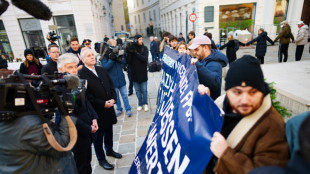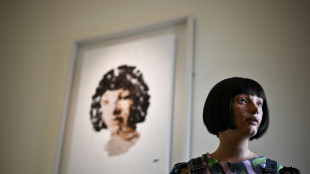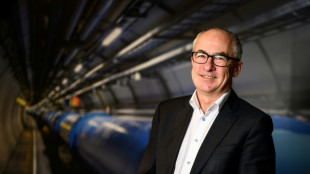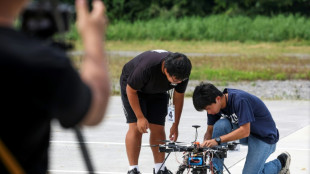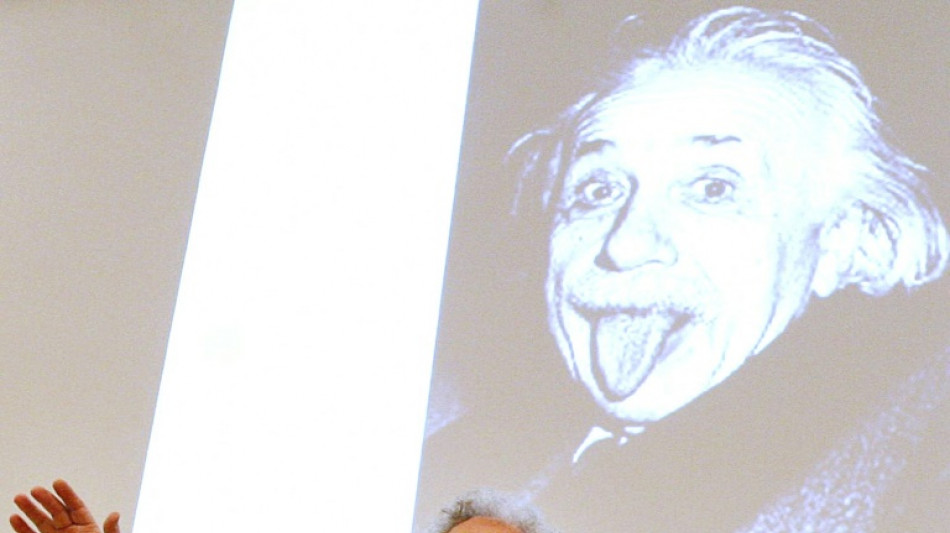
-
 Man City beaten again at Brighton to open door to Liverpool
Man City beaten again at Brighton to open door to Liverpool
-
Guardiola suffers four successive defeats for first time as Brighton rock Man City

-
 Gauff fights back to beat Zheng for WTA Finals title
Gauff fights back to beat Zheng for WTA Finals title
-
Musiala sends Bayern ahead as rivals stumble

-
 Bangladesh outspin Afghanistan to level ODI series
Bangladesh outspin Afghanistan to level ODI series
-
Monaco claim comeback win to retake second spot in Ligue 1

-
 'Way too far': Amsterdam in shock after 'frightening' violence
'Way too far': Amsterdam in shock after 'frightening' violence
-
Bonzi fells Norrie in Metz for first ATP title

-
 Biden, Trump to meet at White House ahead of historic return
Biden, Trump to meet at White House ahead of historic return
-
Jorgensen the hero as Australia edge England in Twickenham thriller

-
 Vinicius treble as Real Madrid crush Osasuna, Villarreal rise
Vinicius treble as Real Madrid crush Osasuna, Villarreal rise
-
A 'jungle': Rome's teeming jail lays bare Italy's prison ills

-
 Asalanka knock seals four-wicket Sri Lanka win over New Zealand
Asalanka knock seals four-wicket Sri Lanka win over New Zealand
-
Australia beat England 42-37 in Twickenham thriller

-
 Wolves end wait for Premier League win, Man City aim to snap losing streak
Wolves end wait for Premier League win, Man City aim to snap losing streak
-
Gaza mediator Qatar bows out, source says, in sign of impasse

-
 Musiala stars as Bayern go six clear, Dortmund lose again
Musiala stars as Bayern go six clear, Dortmund lose again
-
'Racing career: completed it!' announces cycling great Cavendish

-
 Waring holds one-shot Abu Dhabi lead as McIlroy struggles
Waring holds one-shot Abu Dhabi lead as McIlroy struggles
-
Vinicius treble helps Real Madrid crush Osasuna

-
 Iran urges Trump to change 'maximum pressure' policy
Iran urges Trump to change 'maximum pressure' policy
-
Goal-shy Lecce fire coach Gotti

-
 Comeback king 'Cav' set a benchmark doing the thing he loved
Comeback king 'Cav' set a benchmark doing the thing he loved
-
UK's Queen Camilla to miss events as Kate returns to public life
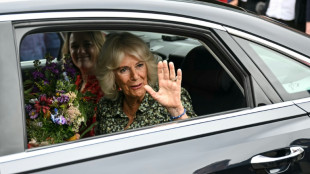
-
 Cycling great Cavendish announces retirement
Cycling great Cavendish announces retirement
-
Rome's Trevi Fountain unveils tourist catwalk during cleaning
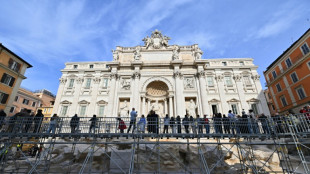
-
 Defence puts a smile on All Blacks faces ahead of French Test
Defence puts a smile on All Blacks faces ahead of French Test
-
Kagiyama wins NHK Trophy despite early slip

-
 Afghan women not barred from speaking to each other: morality ministry
Afghan women not barred from speaking to each other: morality ministry
-
China's Xi hails 'new chapter' in relations with Indonesia

-
 Injured Darry out of All Blacks tour with Cane in doubt
Injured Darry out of All Blacks tour with Cane in doubt
-
Pakistani separatists kill 26 in railway station blast

-
 China's Xi meets Indonesian president in Beijing
China's Xi meets Indonesian president in Beijing
-
Key nominees for the 2025 Grammy Awards
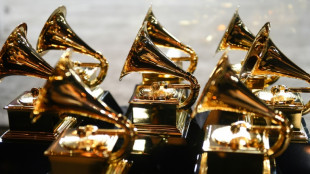
-
 Top art collector displays rare treasures in Madrid
Top art collector displays rare treasures in Madrid
-
Pakistani separatists kill 25 in railway station blast

-
 South Sudan floods affect 1.4 million, displace 379,000: UN
South Sudan floods affect 1.4 million, displace 379,000: UN
-
Japan's Sasaki set to follow Ohtani with move to MLB

-
 Konstas hits unbeaten 73 in audition to open for Australia
Konstas hits unbeaten 73 in audition to open for Australia
-
Pakistani separatists kill 22 in railway station blast

-
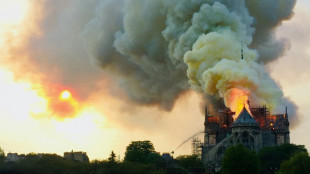 No culprit found five years on from Notre Dame fire
No culprit found five years on from Notre Dame fire
-
Reeking mud sparks health fears in Spain flood epicentre

-
 Bogusz goal edges LAFC past Whitecaps in MLS playoffs
Bogusz goal edges LAFC past Whitecaps in MLS playoffs
-
N. Korea jams GPS signals, affecting ships, aircraft in South

-
 Indonesia volcano catapults vast ash tower into sky
Indonesia volcano catapults vast ash tower into sky
-
Cavs ride huge first half to crushing win over Warriors

-
 Over 130 homes lost in California wildfire as winds drop
Over 130 homes lost in California wildfire as winds drop
-
New tools give researchers hope for fungus-ravaged US bats
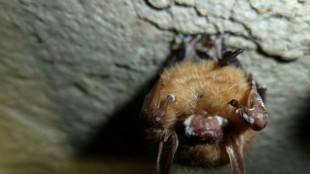
-
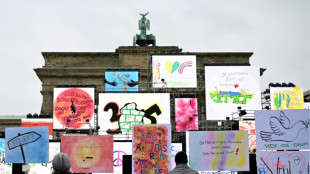 Germany marks 1989 Berlin Wall fall with 'Preserve Freedom' party
Germany marks 1989 Berlin Wall fall with 'Preserve Freedom' party
-
Heat, air pollution, disease: How climate change affects health
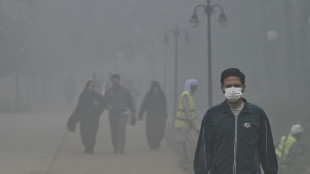

Quantum entanglement: the 'spooky' science behind physics Nobel
This year's physics Nobel prize was awarded Tuesday to three men for their work on a phenomenon called quantum entanglement, which is so bizarre and unlikely that Albert Einstein was sceptical, famously calling it "spooky".
So how exactly does it work?
Even people with degrees in physics struggle to understand it -- and some who do still find parts "hard to swallow," said Chris Phillips, a physicist at Imperial College London.
To explain the phenomenon he used the example of a photon -- "a single unit of light" -- though the theory is believed to hold true for other particles.
If a photon is put through a "special crystal", it can be split into separate photons, he told AFP.
"They're different colours from the one you started with," Phillips said, "but because they started from one photon, they are entangled".
This is where it gets weird. If you measure one photon it instantly affects the other -- no matter how far you separate them.
This is not supposed to happen. Einstein's theory of relativity says nothing can travel faster than the speed of light.
And they are inextricably bound together. When you observe the first photon, there are even odds that it will show itself as "either up or down", Phillips said. But if it is up, then its twin is instantly forced down, or vice versa.
- New way to kill Schroedinger's cat -
He extended the famous quantum thought experiment of Schroedinger's cat, in which a hypothetical animal locked inside a box with a flask of poison remains simultaneously alive and dead -- until the moment the box is opened.
For quantum entanglement, if you have two cats in two boxes, by opening one you would "kill that cat and instantaneously -- on the other side of the universe -- the other cat has been killed," Phillips said.
Phillips has seen this "extremely strange thing" first hand in his laboratory, where he has two beams of photons set up.
"I can put my hand in one beam and something happens to the other beam on the other side of the room instantaneously -- I see a needle flick," he said.
"That would still be true if my laboratory was millions of miles across."
It was the fact that this occurs instantly that bothered Einstein, who dismissed this element of quantum entanglement -- called non-locality -- as "spooky action at a distance" in 1935.
He instead believed that "hidden variables" must somehow be behind what was happening.
In 1964, influential physicist John Stewart Bell found a way to measure whether there were in fact hidden variables inside quantum particles.
Two decades later, French physicist Alain Aspect, who won the Nobel on Tuesday, and his team were among the first able to test Bell's theory in a laboratory.
By testing its limits, they found that "quantum mechanics resists all possible attacks," Aspect said in an interview published by the Nobel Foundation after his win on Tuesday.
- 'Totally crazy' -
In doing so, Aspect proved Einstein wrong. But he was magnanimous to history's greatest physicist.
"I like to say that Einstein's owes a great, great merit in raising the question," Aspect said, adding that "non-locality does not allow you to send a useful message faster than light".
Even Aspect finds it weird to have accepted the idea of something "totally crazy" like non-locality into "my mental images," he said.
The other physics Nobel winners, Austria's Anton Zeilinger and John Clauser of the US, also tested Bell's theory, ruling out loopholes and helping pave the way for what has been called the "second quantum revolution".
Discoveries by Zeilinger, dubbed the "quantum pope", have shown the potential for quantum entanglement to be used in encryption, quantum teleportation and more.
Phillips from Imperial College London has developed a prototype the size of a hi-fi sound system that uses quantum entanglement to diagnose breast cancer.
"We have to be humble in the face of physics," Phillips said, adding that it was the same as any another aspect of nature.
"It just is."
P.Costa--AMWN
